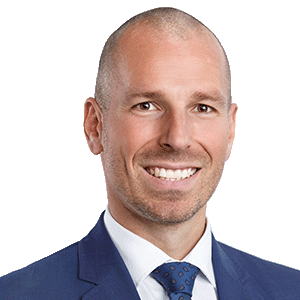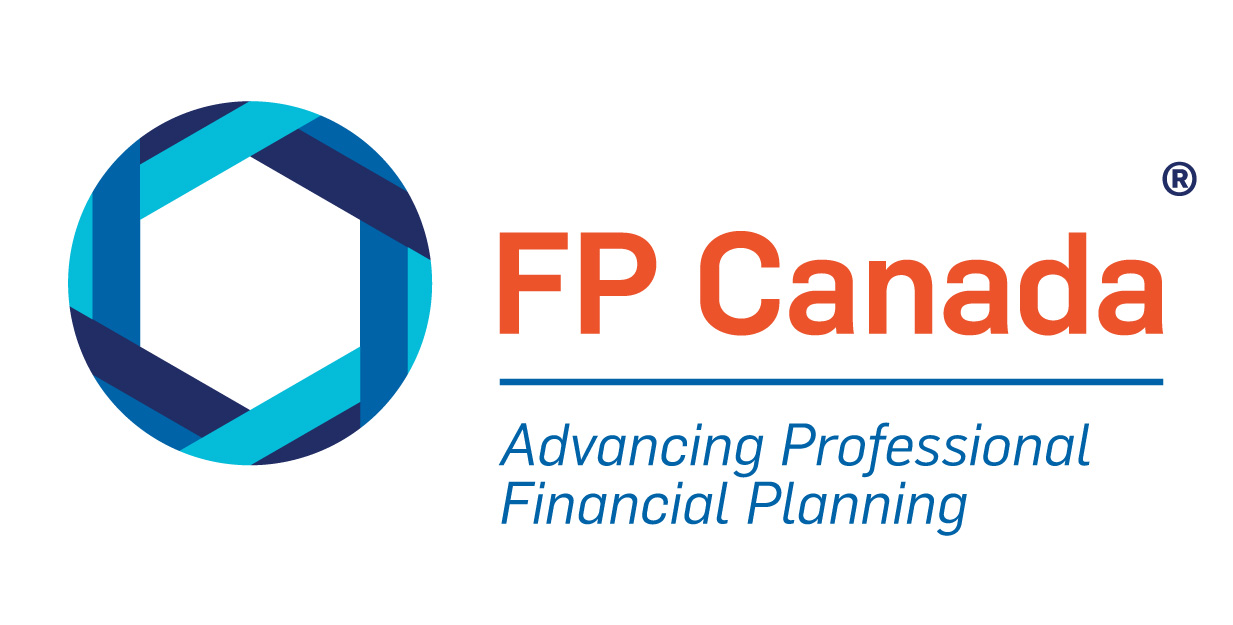Key Takeaways
- Align your finances with your vision for the future.
- Spend less than you make—and prioritize building your savings.
- Optimize your RRSP and TFSA contributions.
- Work with a Certified Financial Planner® professional or Qualified Associate Financial Planner™ professional to create a retirement roadmap.
During mid-life, individuals are often dealing with competing priorities, many of which have a financial component. By addressing shifts that may occur in middle age, you can prepare for a more financially secure future.
Understanding Shifting Priorities
Every stage of life has its joys and challenges. Often, people in mid-life find that their financial responsibilities pose new challenges that they need to address. Whether you’re managing higher mortgage payments, helping your children pursue higher education, or simply figuring out how to live your best life, there are many financial factors to consider. Most of these factors are interconnected—and all of them can impact your approach to retirement.
Recent findings from FP Canada’s Fall Consumer Survey shed light on how financial priorities can shift around mid-life. The survey found that just over half (52%) of Canadians under 55 are focusing more on short-term financial goals, like travel and dining out, than saving for retirement or buying a home. That’s compared to just 38 per cent of Canadians over the age of 55 who say the same.
When you’re balancing the short term while thinking about your retirement, it's crucial to plan ahead—and identify opportunities to improve your financial outlook. Here are four simple tips to help you balance your mid-life financial priorities.
- Envision Your Future—and Figure Out How Much It Will Cost
Think about what matters to you most, and how you define success. Ask yourself, “what do I want in life—now, and in the future?”
Next, make a list of your current hobbies and any new experiences you want to explore. This simple exercise will help you paint a clearer picture of your future, which can assist you in prioritizing your finances.
From there, you can start to align your vision with your financial plan. Working with a CFP® professional or QAFP® professional can help you navigate this process. Together, you can focus on your short-term priorities without compromising your long-term goals. - Spend Less Than You Make
Building a financially secure future means saving consistently. While mid-life expenses may pose challenges, allocating 10-20% of your income towards your savings is an incredibly helpful step. This approach will help you accumulate wealth and passive income, which can support you in achieving your goals. Passive income is money that doesn’t come from your wages or portfolio and isn’t acquired or managed through ongoing effort. Earning interest on your savings is an effective, hands-off way to generate passive income.
While prioritizing daily living expenses is important, it’s all about finding the right balance—one that ensures you can still enjoy the most important things in your life today. - Optimize your RRSP and TFSA Contributions
Registered Retirement Savings Plans (RRSPs) and Tax-Free Savings Accounts (TFSAs) are helpful tools that may protect your investments from unnecessary tax deductions.
Contributions to RRSP accounts are calculated pre-tax, and they’re tax deductible. By lowering your income, tax dedications lower your tax payment. You may even be entitled to a refund, which would provide extra money to put toward your goals. Growth within an RRSP account can be tax-sheltered until funds are withdrawn, at which time the withdrawals will be taxed as income.
Be cautious not to contribute more than your allowable limit to your RRSP to avoid penalties.
On the other hand, TFSA account contributions come from after-tax income. Any growth or withdrawals from these accounts are tax-free, as long as you don’t go over your allowable limit.
Working with an expert to navigate tax considerations that may impact your investments can improve your financial outlook. - Work with a professional financial planner
Charting a course to retirement while factoring in your short-term priorities can feel overwhelming. The good news is you don’t have to go it alone. A CFP professional or QAFP professional can help you progress towards your unique retirement vision while ensuring you don’t have to sacrifice immediate financial priorities for you and your family.
To find a CFP professional or QAFP professional who can help you balance your mid-life financial priorities, use the Find Your Planner tool.
Is pays to be financially prepared at every stage of life, whether you’re beginning your career, building a family, or preparing to retire.

Ryan Gubic, CFP, is the Founder and Personal CFO at MRG Wealth Management in Calgary, Alberta

 Find Your Financial Planner
Find Your Financial Planner



